Experts at the Table: Semiconductor Engineering sat down to discuss the impact of leading edge technologies such as generative AI in data centers, AR/VR, and security architectures for connected devices, with Michael Kurniawan, business strategy manager at Accenture; Kaushal Vora, senior director and head of business acceleration and ecosystem at Renesas Electronics; Paul Karazuba, vice president of marketing at Expedera; and Chowdary Yanamadala, technology strategist at Arm. What follows are excerpts of that conversation. Panelists were chosen by GSA’s EMTECH Interest Group. To view part one of this discussion, click here.

L-R: Accenture’s Kurniawan; Renesas’ Vora; Expedera’s Karazuba; Arm’s Yanamadala.
SE: In the past, a lot of data center applications were for things like enterprise resource planning (ERP), and those were 10- or 15-year cycles. Cycles now are 1 or 2 years at most. With ChatGPT, that’s about six months. How do companies plan for this today?
Kurniawan: In the past, businesses were very focused on just the technology. But technology is everywhere today. ERP is there to support the business initiatives, and there is a very intimate relationship between technology and business at this point. So virtually all businesses are technology businesses. We advise clients before implementing their technologies to think first about, ‘What are your business initiatives? What’s the business strategy? What’s the business imperative for where you want to go? What’s your vision?’ And then, once you understand that and get alignment from the leaders, you can think about the technology. You kind of jump back and forth, because those are really two sides of the same coin. You cannot separate them anymore. And your vision encompasses everything you want to achieve in the future while providing room for flexibility and testing out the technology plan you want to put in place to see how that supports your business vision. With every challenge comes opportunity. Our job as a consultant is really to be able to see what’s happening out there, continuously scanning the market, and trying to get ahead of the curve to advise clients.
Yanamadala: The rapid evolution of advanced technologies like generative AI can present challenges to data centers due to the short technology cycles and demanding workloads. Some of the key challenges with advanced workloads include fluctuating resource needs, because they can demand bursts of high compute. That means static resource allocation will be inefficient in handling these demands. Additionally, the growing demand for heterogenous computing can also present additional challenges in deploying a flexible compute infrastructure. Data centers are adding flexibility through adoption of containerization and virtualization. Adopting hardware-agnostic software frameworks like TensorFlow and PyTorch also can help to facilitate switching between different computing architectures. So can the development of efficient hardware and specialized AI accelerators.
SE: A lot of technology advancements are incremental, but if you get enough of these incremental improvements they can be combined in ways most people never imagined. We’ve seen systems shrink from mainframes to PCs to smart phones, and now computing is happening just about everywhere. Are we at the on the cusp of moving beyond a box, which we’ve been tethered to since the start of computing, and particularly with AR/VR.
Vora: I find it fascinating that somebody could wear a pair of glasses, get immersed in that world, and get used to it. From a user experience perspective, it seems like an extreme shift. Although I do see some play in certain verticals, it’s not clear there will be mass consumerization or adoption of this technology.
Kurniawan: Right now, generative AI is getting a lot of attention. ChatGPT captured the attention of hundreds of millions of people in 60 days. That says something. You input a prompt and you get a response back. ChatGPT is super-intuitive. It’s a technology with potential for many killer use cases. AR/VR is promising technology with upside potential, but there’s still work that needs to be done to tie that technology to the use case. Virtual reality gaming is number one, for sure. But the path to leveraging that technology to enhance how we operate other stuff still needs more clarity. That said, we recently published a white paper talking about the build-outs around the globe, driven by the combination of public incentivies and private investments. Everywhere around the world, everybody wants to build up their manufacturing facilities. We conducted interviews with semiconductor experts, and touched on AR/VR when we asked what they did during COVID when the whole world shut down. Is AR/VR like a hammer looking for nails? The overall response we got was pretty positive. They said that AR/VR probably will be tremendously useful at some future date. But they like where the technologies are going. For example, there are constraints like heat dissipation and the size of the headset, but the belief is the technology will evolve. As it matures to become more user-centric, you might think about using an AR/VR device to control the operations of the equipment in a fab. But there is work needed from a value perspective — connectivity and processing, for example.
Karazuba: AR/VR in the past has largely been a victim of its own hype cycle. There’s a lot of promises people have made. We’ve spent a little bit of time with AR/VR folks. There’s certainly an acknowledgement that whatever success the Apple AR/VR headset has will largely set the tone for the next half decade for what the AR/VR market is. These folks are not undeterred by that. Are we at a point today where you can walk around all day with mixed reality? No. With a home gaming system, being tied to the wall is probably a small price to pay for the constant AC power and the performance advantages that will provide. This is going to take some time. The value proposition is there, but the timing may not be right today. We saw this with the watch and wearables. Now, everybody has one of these. But it took five to seven years before it really took off.
Vora: We’ve worn watches for decades, so it’s not something new. It’s just that what we wear now is different. But with AR/VR, we’ve never done that before. How do you suddenly expect massive change like that?
Karazuba: But most of us are wearing eyeglasses. If you have a form factor that is a version of what we have now, where information is just simply overlaid on what we’re seeing, it’s not that far of a jump for mixed reality or augmented reality. However, with virtual reality, I find it hard to believe that people are going to walk into a conference room with a bunch of other people and put a headset on.
Yanamadala: We’ve seen devices and sensors deployed practically everywhere. Platforms that offer high-performance computing, along with secure, power-efficient hardware and connectivity are available today, and they will make this trend possible. But untethered or ambient consumer experiences in the mass market will have their challenges. We will need to invest in substantial infrastructure to enable technology to operate invisibly in the background. So while consumer-facing technology deployments increasingly become untethered, the compute and connectivity infrastructure will still require connections for power and bandwidth.
SE: People have been sounding the alarm for hardware security for years, but with limited success. What’s changed today is that we have many more connected devices and more valuable data. Is the chip industry starting to take this seriously? Or is the problem now so immense and pervasive that anything we do is just going to be a drop in the bucket?
Yanamada: Security is fundamental from the chip level, and five years ago we saw an opportunity to proactively improve the quality of chip security. IoT was in its early stages, and each chip vendor had varied and fragmented approaches to security. They also rarely approached an independent evaluation lab to check the robustness of their security implementation. But with increasing connectivity and data becoming more valuable, hackers were paying close attention, and governments were considering what action to take to protect consumers. That’s why in 2019, we launched PSA Certified – to rally the ecosystem to be proactive with security best practices. It’s critically important that chip vendors, software platforms, OEMs, and CSPs can deploy and access standardized Root of Trust services. Security is complicated. You need the whole value chain to work together.
Vora: Security architectures, at least on the hardware side, have come a long way. We pretty much now have a semiconductor TPM-like [Trusted Platform Module] capability, with security capabilities built into even small microcontrollers. They have cryptographic engines, randomizers, and all sorts of security elements built in. The fundamental challenge with security is that just putting some security features on a chip and providing all the technology pieces won’t solve the security challenge. Security is more of a system challenge and a policy challenge. In many cases, people have to think about it within the context of the entire network. And then, it’s only as strong as the weakest link in the network. That piece of security is going to grow in complexity as we start seeing more complex use cases with AI coming into play with IoT. On the other side, though, as data handling of AI moves closer to the edge, we will start seeing more local inferencing and local data being worked on without the need to mindlessly transport data across layers of networks and across the cloud. We’re going to see some lower risk and improvements from a data-in-flight perspective, because of a lot of more localization of intelligence and compute happening at different layers of the edge. As we start moving more to the edge, AI starts getting more of a hold there. But as a whole, security will remain a challenge. The fundamental challenges with security have not changed. It’s just the context and the systems in which we will have to apply them are different.
Karazuba: The semiconductor industry is finally starting to understand the true nature of what security breaches could mean with the type of data we’re handling. Security is a day zero responsibility of anyone building a product, whether that product is a chip or a device, and security responsibilities proliferate across the entire lifecycle of the of any device, from the person who is architecting the chip, to the person designing the smartphone, to the carrier. I would argue that carrier responsibilities for security go as far as the stopping those robo calls that we all get, and the spam calls and phishing calls. The internet service providers have a responsibility to stop the phishing e-mails. That’s all part of security. Obviously, with banks and financial institutions, their security is generally pretty good. But it stretches the entire way, and in the security world, the weakest link is always the security profile of your device. We’re getting better. We always could be better. But I am more encouraged now than I’ve been at any point since I really started looking at security of devices. I’m more encouraged by the way chips are being designed, deployed, manufactured, and delivered to customers.
Kurniawan: There’s some certification for IoT devices before those are sent into the market to make sure there is some security standard they adhere to. But two key words I mentioned before, collaboration and flexibility, are applicable to security, as well. Collaboration involves where you see the rest of the system, including other components in the technology set, going to evolve in the future. And flexibility is required, because security is a moving target. It needs to evolve because as you upgrade your system, your software, a vulnerability will move, as well. You need flexibility and security-minded thinking infused into your chip design.
Related Reading
Preparing For An AI-Driven Future In Chips (part 1 of above roundtable)
Designs need to be flexible enough to handle an onslaught of continuous and rapid changes, but secure enough to protect data.
The post Broad Impact For Accelerating Tech Cycles appeared first on Semiconductor Engineering.














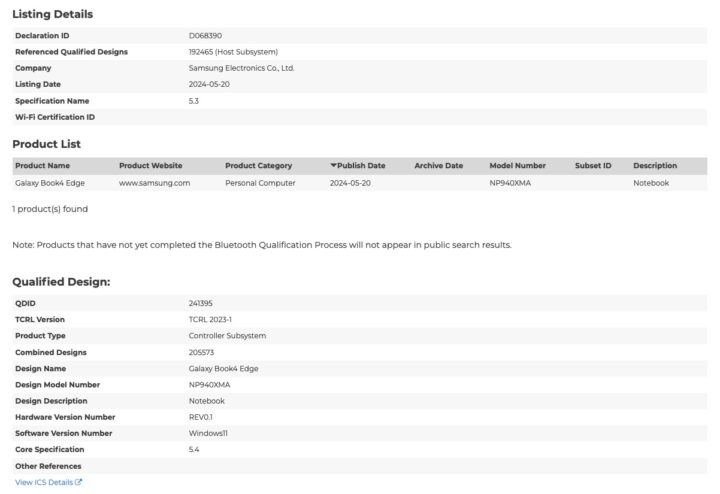

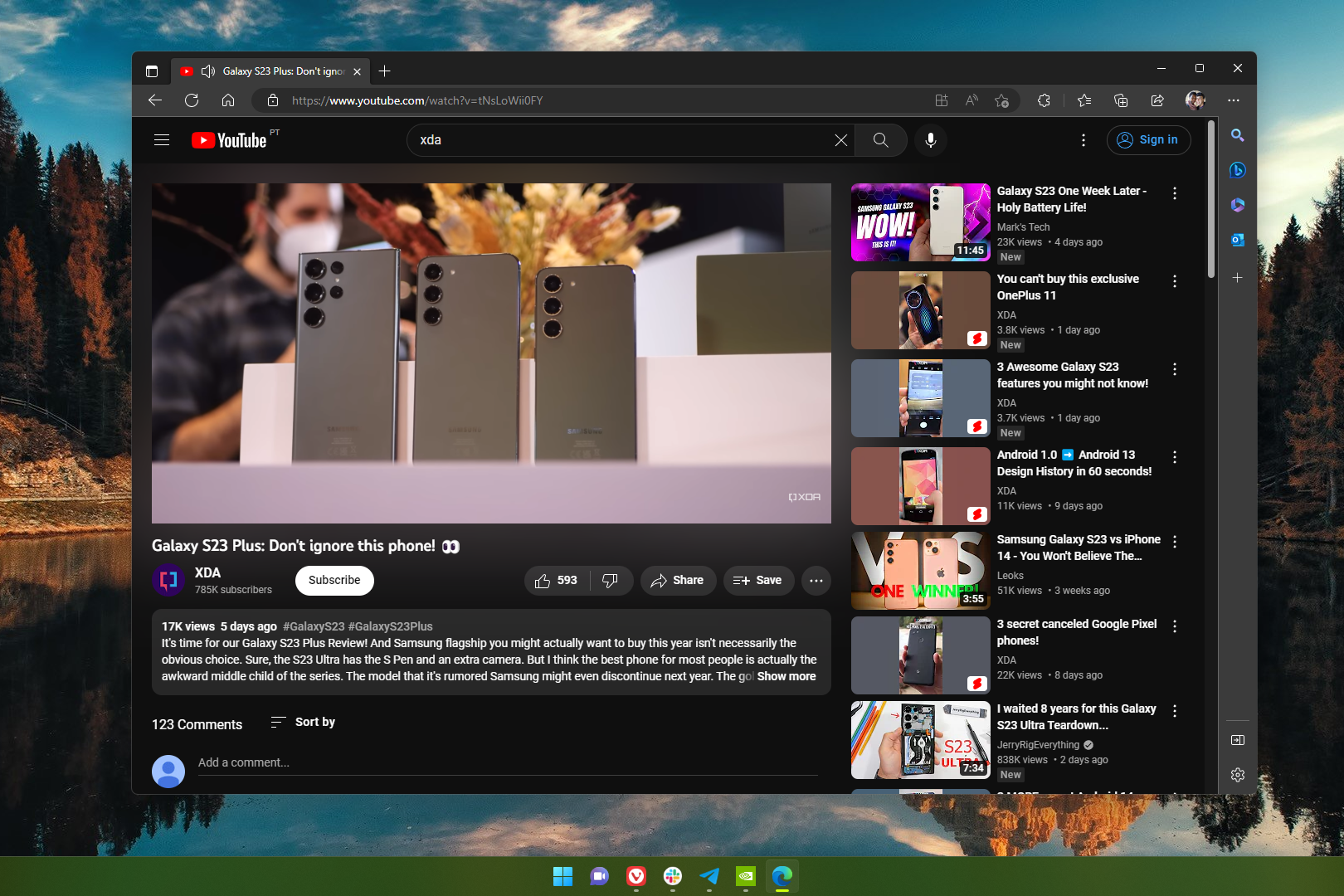
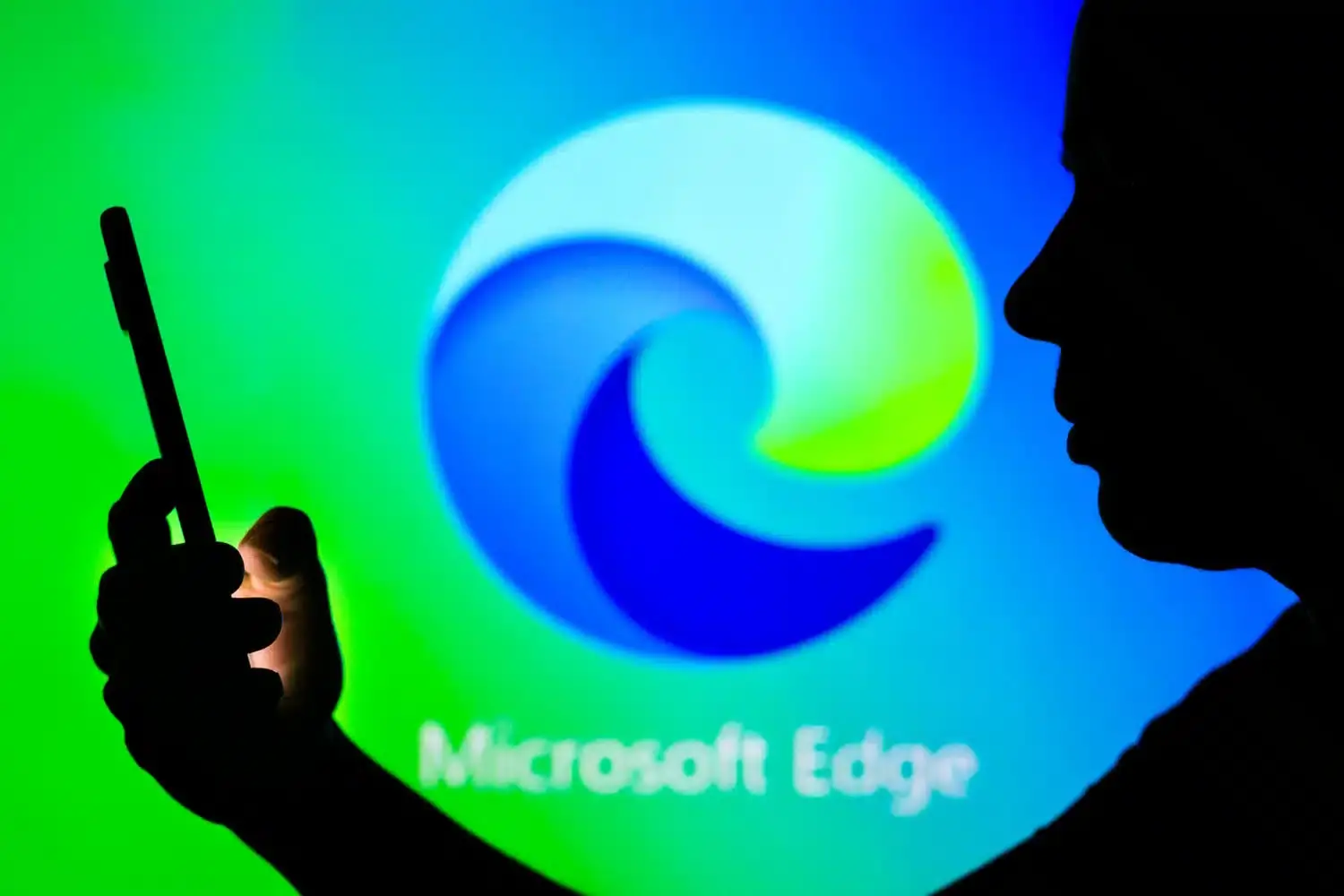

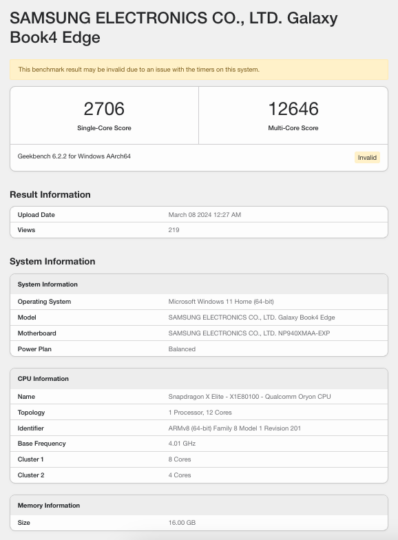
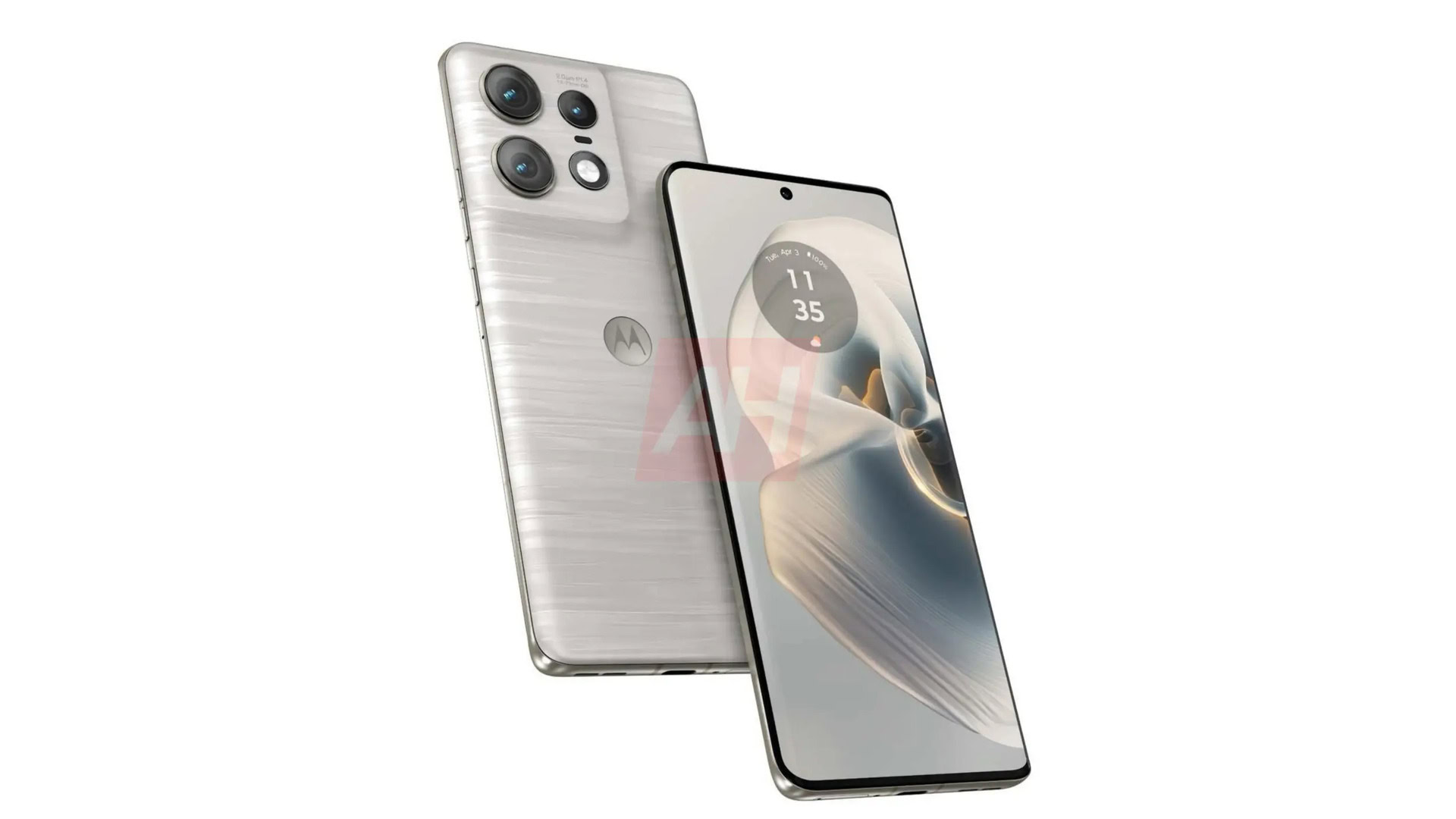


.png?width=1920&height=1920&fit=bounds&quality=80&format=jpg&auto=webp)

